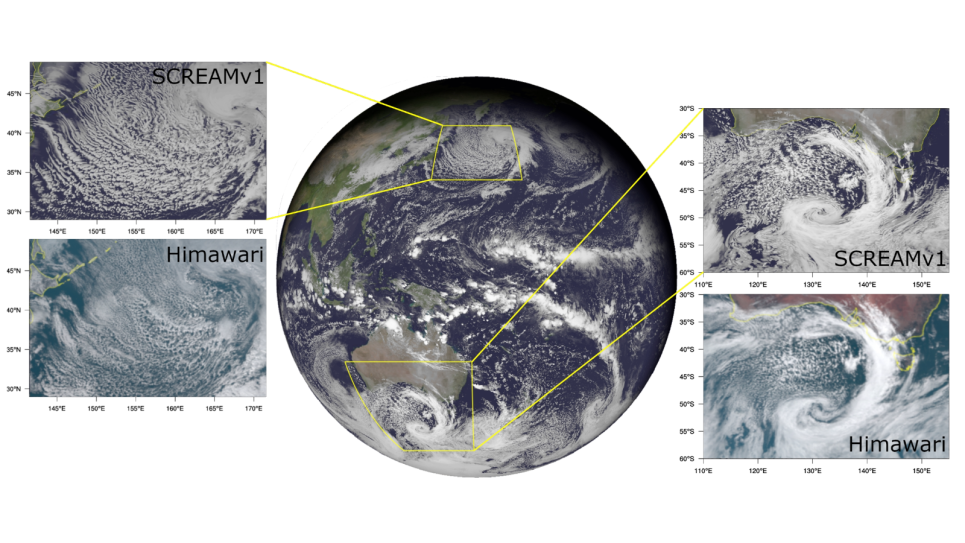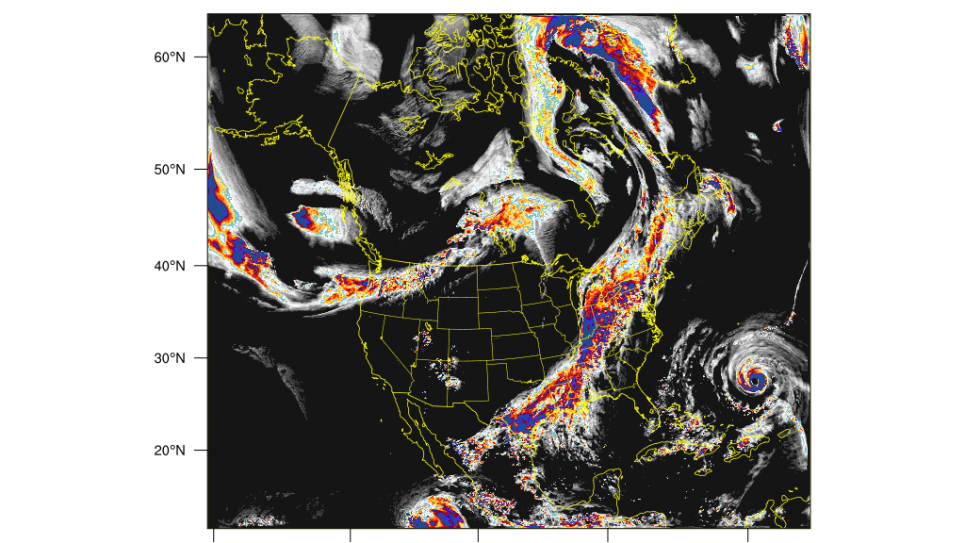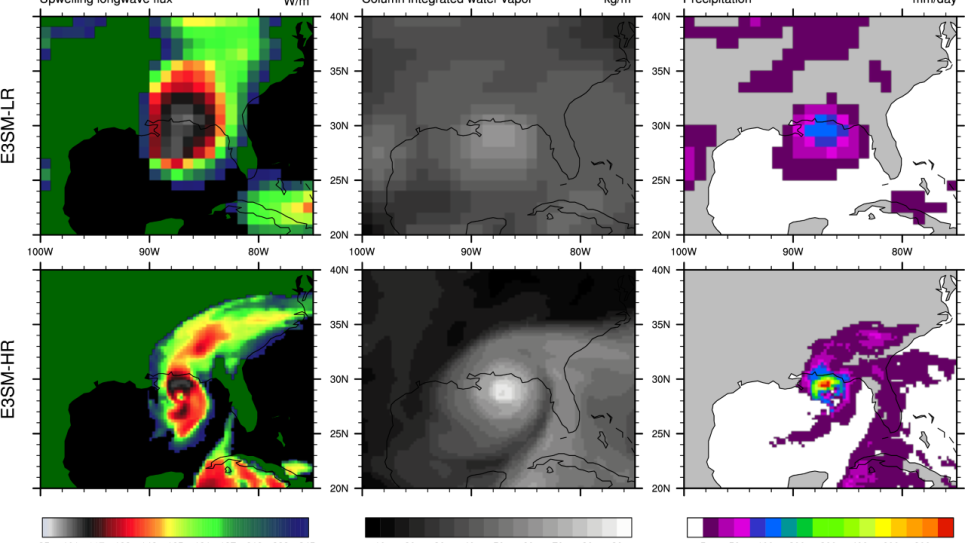Earth’s climate is dependent on many complex sub-systems including clouds, aerosols, sea-ice, land-ice, ocean, land hydrology, land/ocean biogeochemistry and human activity. The goal of the Accelerated Climate Model for Energy (ACME) is to improve the current models for each sub-system and connect them into a full model for Earth’s climate. The ACME goal requires multidisciplinary expertise and a large effort to bring into a single framework Earth’s multi-scale multi-physics systems.
This project supports a large and multi-disciplinary team of Earth systems scientists, computational scientists, and software engineers in the development of a next-generation Earth system model. These scientists are improving the ACME model by including fundamental scientific advances in all of its component models. Science advances include the introduction of sub-grid representation for temperature and precipitation, high-resolution atmosphere with advanced cloud and aerosol parameterizations, and coupled thermal-hydrology-biogeochemistry in the land subsurface. The project also leverages large experimental and observational investments being made in DOE’s Office of Science, Biological and Environmental Research Division to understand land ecosystems and improve their representation in high resolution Earth system models. The new model is designed to answer several pressing climate prediction science questions, and the current proposal provides the second year of compute resources needed to carry out the high-risk, high-payoff development.


